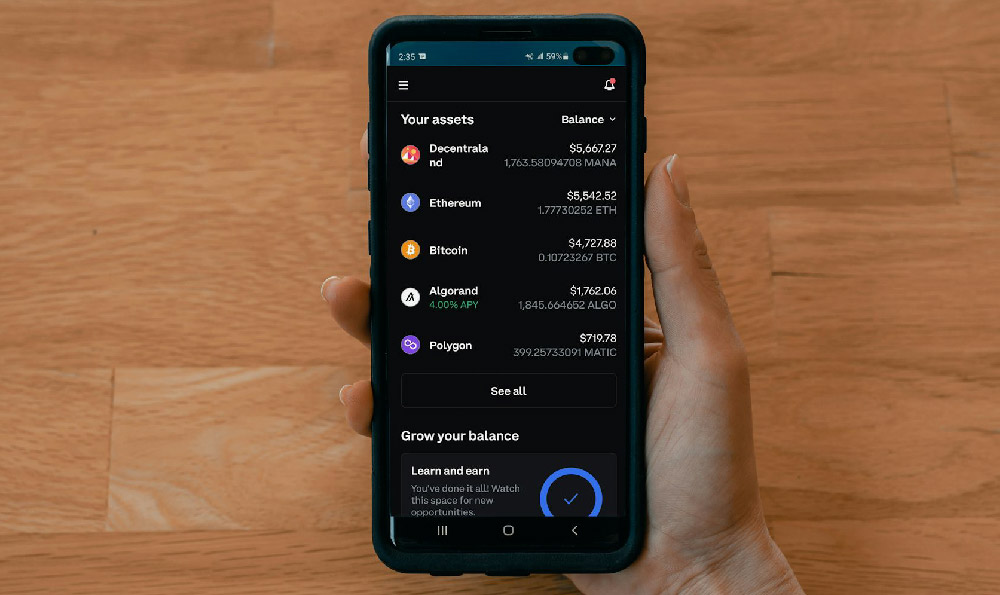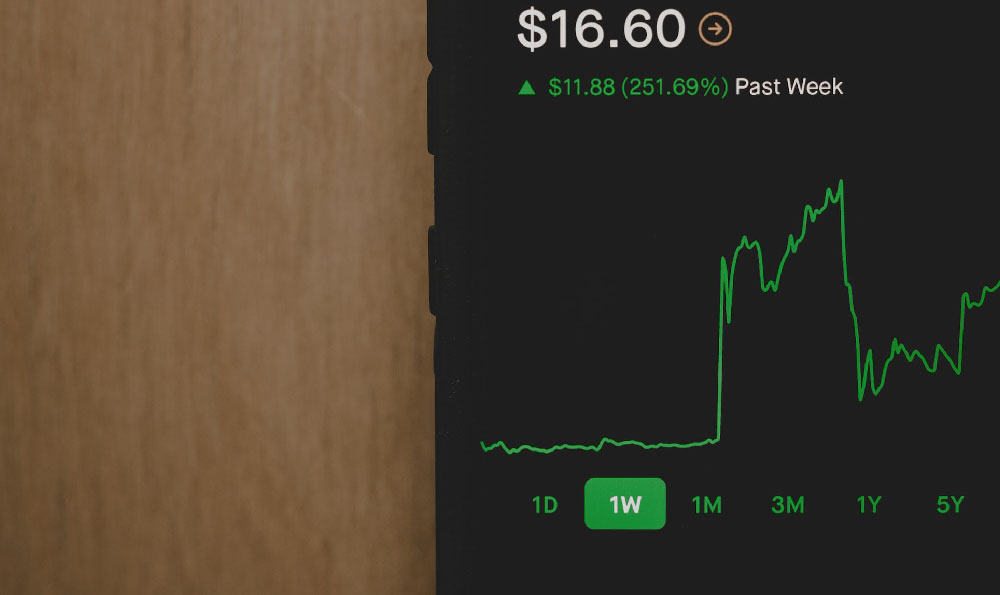
The landscape of YouTube has transformed from a simple video-sharing platform into a vibrant ecosystem where creators can build audiences, express their creativity, and, importantly, generate income. Monetization on YouTube is a multi-faceted process, and understanding the various avenues available, as well as the strategies that lead to success, is crucial for any aspiring or established YouTuber looking to turn their passion into a viable career.
The cornerstone of YouTube monetization remains the YouTube Partner Program (YPP). To be eligible, creators must meet specific requirements, including having at least 1,000 subscribers and 4,000 valid watch hours in the past 12 months. Once accepted into the YPP, creators can enable monetization on their videos, allowing YouTube to display advertisements before, during, or after their content. This generates revenue based on factors like the number of ad views, clicks, and the geographical location of viewers. The revenue sharing model typically involves YouTube taking a significant portion (around 45%) of the ad revenue, while the creator receives the remainder. This model, while fundamental, is often the starting point for many YouTubers, and its profitability depends heavily on the channel's niche, audience demographics, and overall video performance.
Beyond the basic ad revenue model, YouTube offers several other monetization features that creators can leverage. Channel Memberships allow viewers to become paying members of a channel in exchange for exclusive perks such as custom badges, emojis, exclusive content, and early access to videos. This provides a recurring revenue stream, fostering a deeper connection with loyal fans who are willing to support the creator directly. Super Chat and Super Stickers, available during live streams and Premieres, enable viewers to pay to have their messages highlighted in the chat window, allowing them to stand out and directly support the creator. This feature can be particularly lucrative for channels with highly engaged audiences and interactive content formats.

Merchandise shelves are another significant revenue stream, allowing creators to showcase and sell branded merchandise directly on their YouTube channel. This could include apparel, accessories, or any other products aligned with the channel's brand and audience. The integration with e-commerce platforms simplifies the process of listing and selling products, making it easier for creators to monetize their brand and connect with fans on a tangible level. YouTube Premium revenue offers another layer of income. When YouTube Premium subscribers watch a creator's videos, a portion of their subscription fee is allocated to the creator based on their watch time. This provides an alternative revenue stream that is not directly tied to ad views, diversifying the income sources for creators and incentivizing the creation of high-quality content that keeps viewers engaged.
While YouTube's native monetization options are vital, many successful YouTubers diversify their income streams through external partnerships and collaborations. Sponsored content, where creators collaborate with brands to promote their products or services in exchange for payment, is a common practice. However, transparency is paramount; creators must clearly disclose sponsored content to maintain trust with their audience. Affiliate marketing involves promoting products or services through unique affiliate links and earning a commission on sales generated through those links. This can be a particularly effective strategy for channels focused on product reviews, tutorials, or recommendations.
Effective monetization strategies extend beyond simply enabling ads and hoping for the best. Building a strong and engaged audience is crucial. This requires consistent content creation, high-quality video production, and active engagement with viewers through comments, social media, and community features. Understanding your audience demographics, interests, and preferences is essential for tailoring content that resonates and keeps them coming back for more. Keyword research and SEO optimization are also critical for maximizing video visibility and attracting new viewers. Optimizing video titles, descriptions, and tags with relevant keywords helps YouTube's algorithm understand the content and recommend it to users searching for similar topics.
Promoting videos across other social media platforms is essential for expanding reach and driving traffic back to the YouTube channel. Sharing videos on platforms like Twitter, Instagram, Facebook, and TikTok can expose content to a wider audience and encourage them to subscribe to the YouTube channel. Collaborating with other YouTubers in the same niche can also be a powerful strategy for cross-promotion and reaching new audiences. Collaborations expose both creators' audiences to new content and can lead to significant growth in subscribers and viewership.
Furthermore, building a strong brand identity is key to long-term success and monetization. Developing a consistent visual style, tone of voice, and content themes helps viewers recognize and connect with the channel. This brand identity can then be leveraged for merchandise sales, sponsorships, and other monetization opportunities. Analyzing data and metrics is crucial for understanding what works and what doesn't. YouTube Analytics provides valuable insights into video performance, audience demographics, and engagement metrics. By tracking these metrics, creators can identify areas for improvement, optimize their content strategy, and maximize their monetization potential.
However, navigating the world of YouTube monetization also involves understanding and mitigating potential risks. Copyright infringement is a serious issue that can lead to videos being taken down and channels being penalized. Creators must ensure that they have the necessary rights to use any copyrighted material, such as music, images, or video clips, in their videos. AdSense policy violations can also result in monetization being disabled. It's crucial to adhere to YouTube's advertising policies and guidelines to avoid any issues. Burnout is a common challenge for YouTubers, especially those who are trying to balance content creation with other commitments. Setting realistic goals, managing time effectively, and prioritizing self-care are essential for maintaining a sustainable pace and avoiding burnout.
In conclusion, monetizing content on YouTube is a complex and evolving process that requires a multifaceted approach. While the YouTube Partner Program remains a fundamental source of income, diversifying revenue streams through channel memberships, Super Chat, merchandise shelves, sponsorships, and affiliate marketing is crucial for long-term financial stability. Building a strong and engaged audience, optimizing content for search, promoting videos across social media, and analyzing data are essential strategies for maximizing monetization potential. By understanding the various monetization options available, implementing effective strategies, and mitigating potential risks, YouTubers can turn their passion into a sustainable and rewarding career. The key is to adapt, learn, and constantly refine their approach based on data and audience feedback.





